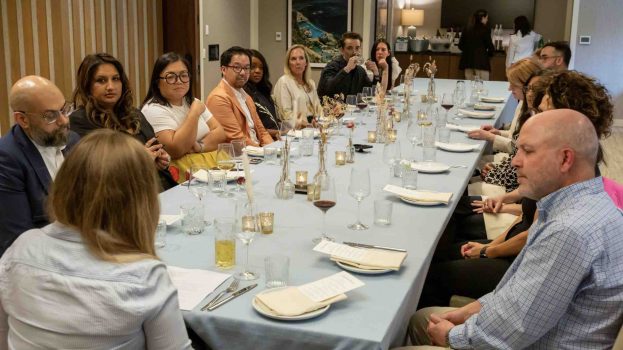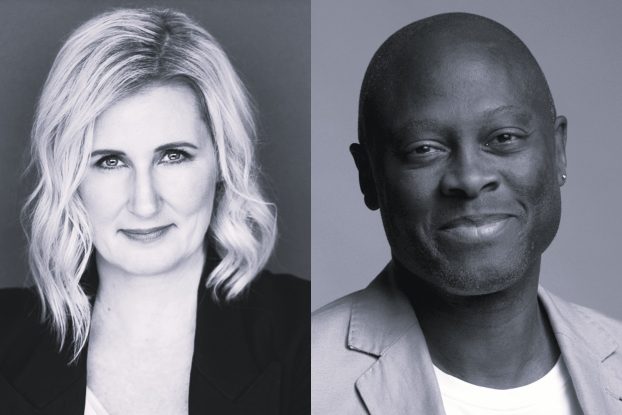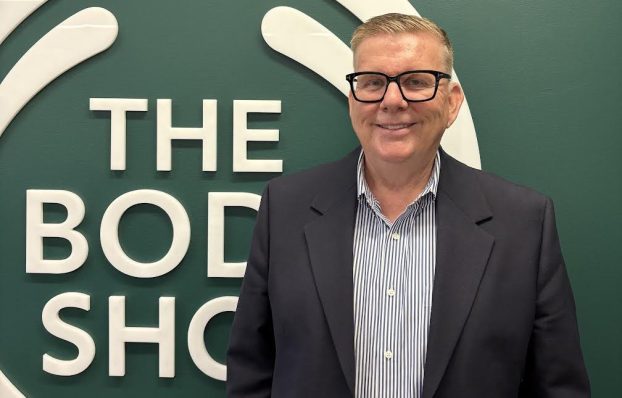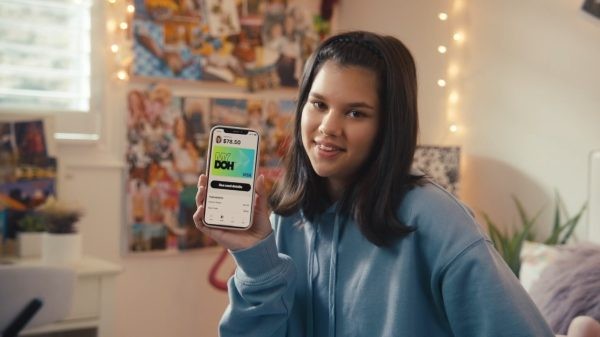This story appears in the April/May 2016 issue of strategy.
I joined the strategy team in 2008 having never written about marketing. I spent much of my first week googling (what does OOH stand for? KPI? BBDO? When you say “Taxi” you’re not talking about the vehicles?). I had a lot to learn. It took me six months to feel like I wasn’t entirely clueless, and a full year before I felt I understood this industry. And now, after seven-and-a-half years, I’m moving on to the next phase of my career and writing my last editorial for strategy.
But you know what? I’m still learning. That’s what I’ve loved about covering this industry. There’s always an insight to be gleaned, a new social media platform, an innovative way to use a billboard that has never been thought of before. Covering this business has opened my eyes to the boundless possibilities of communication.
I want to leave you with some food for thought, based on some basic truths I’ve learned along the way.
First, an agency or marketing department is only as good as its people. This isn’t a new concept, but nowhere is this more true than within the ad world where ideas are currency. Many of the companies we’ve seen fail over the years have folded not because they lost a big client or were just too small or niche to survive. They failed because people didn’t like working there, so the clever ones left, and when you have no clever people, you have no clever ideas. So if you’re not incenting your talent to stay and fostering a positive work environment, you’re probably in the wrong business. Luckily, a lot of companies have caught onto this and it shows in the work they produce and awards they win.
Second, your reputation extends beyond your four walls. As reporters, there’s a lot we hear about that we don’t write. A lot. I’m not writing this to scare anyone, only to say that if you think a problem is contained, it probably isn’t. If we know these things, who else might know? So be proactive in solving issues and be as transparent as possible. There’s a reason transparency became popular. If you can’t be transparent, ask yourself why, and then fix it.
Third, yes, this industry still has far to go when it comes to equality. If you don’t agree, go to Cannes and count how many women come to the stage to accept awards among the teams of men. But, despite recent headlines, we’re seeing positive changes, like the Glass Lions and the 50/50 Initiative by the ADC. It’s really not that difficult to fill half an awards jury with qualified female members, which strategy has been doing for many years. I like to think we’re just at the start of a long-overdue tidal wave of change.
Early on in this job, someone warned me about all the egos I was going to encounter in the industry, so I braced myself for the onslaught. But something funny happened – it never came. Sure, I’ve met the odd egomaniac in my time, but the majority of my interactions have been with kind, talented and – yes – humble folks who understand that this industry is way bigger than they could ever wrap their heads around, and there’s really no time for egos. They’re far too busy concerning themselves with the boundless possibilities.
Goodbye, readers. Thanks for letting me into your fascinating world.
Follow me on Twitter @emilywexler
























